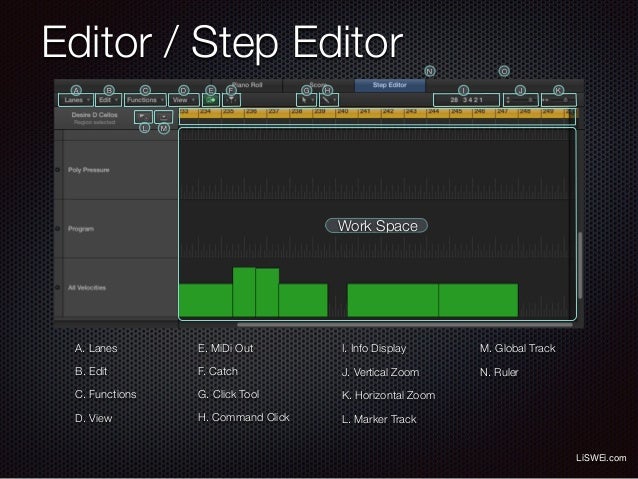


Grouping instrument sections helps to not only add processing to entire sections at once, but also allows you to get more micro-organized and collapse your project when needed. You can alternatively color the regions different than the track bars. To do this, right click on any single track or select multiple tracks and click “Assign Track Color”, and after you’ve colored all your tracks to your liking, “select all” and right click any MIDI or audio region and select “Color Regions by Tracks” to color everything to match your track bar colors. Adding color to each instrument or group of instruments makes things not only more fun to look at, but also helps your brain understand the structure of your project more and spend less time trying to find particular parts when there are a lot of tracks. Now this is for those with a bit of OCD but also wants to make their projects look more fun. Customize track colors, icons and instrument groups Once everything is set up, adjust the amount of reverb by tweaking the “Bus 1” This is the most important tip in regards to CPU efficiency.ģ. Once you understand this concept, you can create multiple reverb Aux channels with different types of reverbs on each one, so if you want a reverb with a lot of distance and tail, you can put that on it’s own Aux channel and just use that on instruments that need a big ambient reverb, for example. So rather than all 100 of your instrument tracks playing 100 reverbs (which is a nightmare for your CPU), you have 100 instrument tracks playing 1 reverb at the same time. Then you can create 100 tracks (more or less) and route every single one of those tracks to the same reverb bus. There are a few ways to do this, but the simplest is to create an “Aux channel” within your Mixer window, then add a reverb to that channel (make sure the dry% is 0 and wet% is 100 in the reverb settings, and low-cut most all reverbs). The first mistake many people make when making music in a DAW is to not utilize “buses and sends” to route reverb and effects through. Use buses for reverb & effects to save CPU Since this is a complex topic, I won’t go into too much detail here, but check out this quick video on SMPTE time codes that should help explain this concept more.Ģ.
Logic pro x tutorial professional#
The general knowledge of this concept varies in the world of independent music and filmmaking, but professional composers and filmmakers are incredibly aware of SMPTE and how the music should fit together in-sync. Know frame rates & time codes when importing movies


 0 kommentar(er)
0 kommentar(er)
